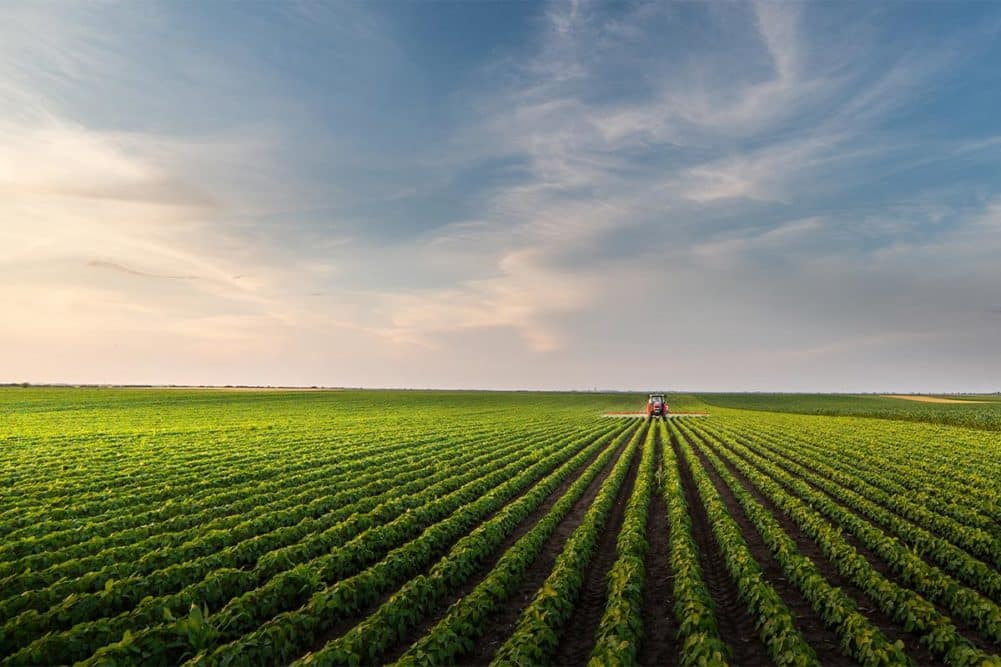Use of multiple LIDAR-derived digital terrain indices and machine learning for high-resolution national-scale soil moisture mapping of the Swedish forest landscape
Highlights
- A new method for accurate high-resolution soil moisture mapping in forests.
- LIDAR-derived terrain indices proved effective for mapping of forest soil moisture.
- Extreme Gradient Boosting was the best algorithm for mapping soil moisture.
- The continuous soil moisture map would significantly contribute to practical forestry.
- Maps were relatively less accurate near roads, on coarse sediments, and in steep terrains.
Abstract
Spatially extensive high-resolution soil moisture mapping is valuable in practical forestry and land management, but challenging. Here we present a novel technique involving use of LIDAR-derived terrain indices and machine learning (ML) algorithms capable of accurately modeling soil moisture at 2 m spatial resolution across the entire Swedish forest landscape. We used field data from about 20,000 sites across Sweden to train and evaluate multiple ML models. The predictor features (variables) included a suite of terrain indices generated from a national LIDAR digital elevation model and ancillary environmental features, including surficial geology, climate and land use, enabling adjustment of soil moisture class maps to regional or local conditions. Extreme gradient boosting (XGBoost) provided better performance for a 2-class model, manifested by Cohen’s Kappa and Matthews Correlation Coefficient (MCC) values of 0.69 and 0.68, respectively, than the other tested ML methods: Artificial Neural Network, Random Forest, Support Vector Machine, and Naïve Bayes classification. The depth to water index, topographic wetness index, and ‘wetland’ categorization derived from Swedish property maps were the most important predictors for all models. The presented technique enabled generation of a 3-class model with Cohen’s Kappa and MCC values of 0.58. In addition to the classified moisture maps, we investigated the technique’s potential for producing continuous soil moisture maps. We argue that the probability of a pixel being classified as wet from a 2-class model can be used as a 0–100% index (dry to wet) of soil moisture, and the resulting maps could provide more valuable information for practical forest management than classified maps.
